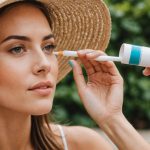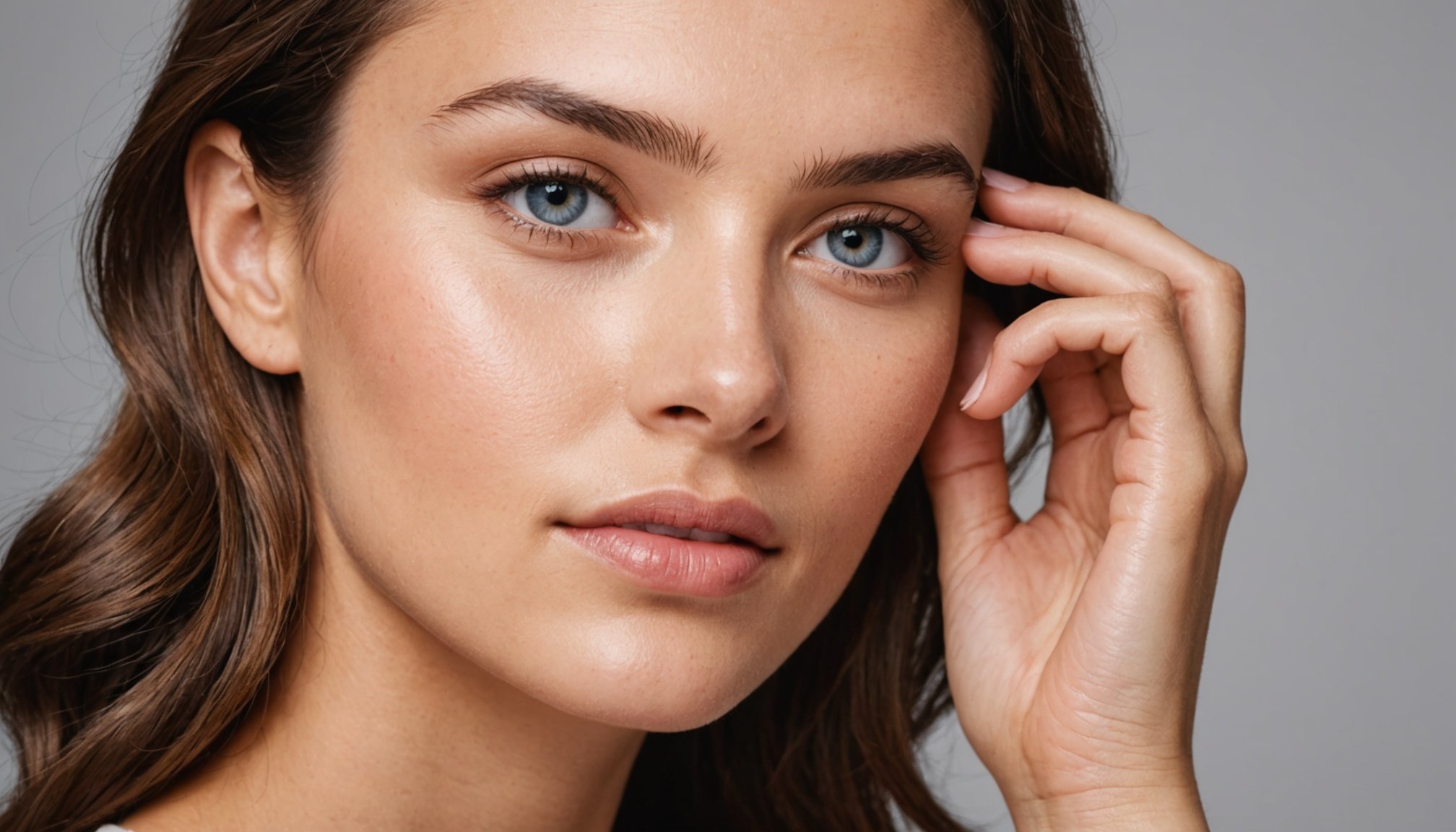Potential Side Effects of Retinol
When incorporating retinol into your skincare routine, it’s crucial to be aware of potential retinol side effects. As your skin adjusts to this potent ingredient, you may experience skin sensitivity and mild irritation. Common symptoms include redness, dryness, and peeling, which are often temporary.
To manage and minimize skin irritation, start with a low concentration of retinol and gradually increase its use. Introducing it slowly allows your skin time to build tolerance. You can also apply a gentle moisturizer before or after using retinol to alleviate dryness.
Also read : Effective Tactics to Control Oily Skin and Maintain a Radiant, All-Day Look
Despite best efforts, some people might experience significant discomfort. It’s essential to know when to consult a dermatologist. If irritation persists or worsens, seek professional advice to ensure an accurate assessment and appropriate adjustments to your regimen.
Retinol can be highly effective for skin renewal and treating acne, but understanding and managing these side effects are key for a beneficial skincare experience. Prioritizing safety over rapid results will help maintain healthy, glowing skin.
This might interest you : Effortless Transition to Natural Deodorants: Pro Tips for an Irritation-Free Switch!
Understanding Retinol and Its Benefits
Retinol, a derivative of Vitamin A, is admired in the skincare industry for its anti-aging properties and ability to renew the skin. Recognized as a gold standard, retinol’s journey began in dermatology to combat acne and gradually became popular for promoting glowing skin.
The primary benefits of retinol include its role in stimulating collagen production, which reduces wrinkles and fine lines. This leads to a smoother complexion and enhances the skin’s overall appearance. Another key benefit is its ability to accelerate cell turnover. This process helps shed dead skin cells, making way for fresher, healthier skin and reducing acne breakouts.
In addition to tackling signs of aging, retinol’s prowess is evident in skin renewal, addressing hyperpigmentation, and evening out skin tone. Despite its strength, it’s crucial to apply it as part of a comprehensive skincare routine, with considerations for potential side effects, especially for sensitive skin.
By incorporating retinol thoughtfully, users can enjoy its numerous benefits without compromising skin health, maintaining a radiant complexion. Proper education and execution in a skincare regimen are vital to harnessing retinol’s full potential.
How to Incorporate Retinol into Your Skincare Routine
Introducing retinol into your skincare routine requires a thoughtful approach to maximise benefits while minimising potential irritation. Begin your nighttime routine with a gentle cleanser to prep your skin. Before application, ensure your skin is dry, as damp skin can increase absorption, leading to sensitivity. Use a pea-sized amount of retinol, applying it evenly on your face, avoiding sensitive areas like the eyes and mouth.
Gradual introduction is key. Start using retinol every third night to allow your skin to adjust. Gradually increase the frequency based on your skin’s tolerance. For those new to this ingredient, starting with a lower concentration can help reduce side effects. Choosing the right product depends on your skin type and specific needs: anti-aging, acne treatment, or general renewal.
Finish your routine with a moisturiser to lock in hydration and reduce potential dryness. Look for formulations that are fragrance-free and non-irritating. Remember, consistency is crucial for seeing results. Over time, as your skin adapts, retinol can be a powerful addition to your regimen, enhancing your skin’s health and appearance.
Establishing a Comprehensive Skincare Routine with Retinol
Incorporating retinol into a complete skincare regimen enhances your skin’s health and appearance. To ensure effectiveness, it’s crucial to complement retinol with the right products.
Importance of Moisturizing
When using retinol, a good moisturizer is vital to prevent dryness. Choose one that’s fragrance-free and rich in hydrating ingredients, like hyaluronic acid or ceramides. Apply it after retinol to seal in moisture and alleviate potential irritation. A simple layering technique: apply retinol first, then follow with your moisturizer to maintain a well-hydrated skin barrier.
Sun Protection Strategies
Sunscreen is a non-negotiable element in retinol skincare routines. With retinol increasing skin sensitivity to UV rays, opt for a broad-spectrum SPF 30 or higher. Apply it generously every morning, even on cloudy days. Look for sunscreens designed for sensitive skin to avoid further irritation.
Complementary Skincare Products
Certain ingredients can bolster retinol’s effectiveness. Pair retinol with antioxidants like Vitamin C to brighten and protect your skin. However, steer clear of harsh exfoliants, which might increase irritation when used alongside retinol. Compatibility is key for optimizing retinol benefits and skin comfort.
Common Mistakes When Using Retinol
Introducing retinol into your skincare can be transformative, but avoiding application errors is critical. A prevalent mistake is overuse, thinking more retinol equals quicker results. This assumption leads to excessive irritation and peeling.
The correct approach involves a gradual introduction. Many initially misunderstand the advised frequency of application. Instead of daily use, starting with twice weekly allows your skin to acclimate. Incrementally increase only once your skin shows tolerance without adverse reactions.
Another error is neglecting sun protection. Retinol’s propensity to heighten skin’s UV sensitivity makes sunscreen indispensable. Missing this crucial step can exacerbate sensitivity and negate retinol’s benefits.
Retinol also requires careful layering in your routine. Using conflicting products, like harsh exfoliants, simultaneously can increase irritation. Pair retinol with suitable moisturizers to maintain a balanced, gentle regimen.
To maximize retinol benefits, adhere to these skincare tips: introduce it gently, respect your skin’s pace, and always prioritize sun protection. Recognizing common blunders ensures a more positive journey, paving the way for healthier, vibrant skin.
Before-and-After Results and Testimonials
In the realm of retinol results, personal testimonials offer compelling insights into its transformative potential. Many users report a noticeable improvement in skin texture and tone, with smoother, more radiant complexions as a common result. This positive turn enhances confidence and overall satisfaction with their skincare journey.
Real-Life Case Studies
Stories of skin rehabilitation frequently emerge, showcasing before and after skin changes that illustrate retinol’s power. Users often experience significant reduction in acne scars and fine lines, revealing a more youthful appearance. These transformations highlight the potency of retinol when integrated properly into a regimen.
Expert Quotes
Dermatologists and skincare specialists vouch for retinol’s efficacy. They frequently cite its role in anti-aging and its ability to promote healthier skin through accelerated cell turnover. These expert endorsements further validate retinol’s reputation as a skincare cornerstone.
Visual Evidence
Visual progressions corroborate these claims, providing tangible proof of retinol’s effectiveness. Side-by-side comparisons often reflect dramatic skin improvements, from diminished hyperpigmentation to a clearer complexion. Such evidence emphasizes retinol’s capabilities, encouraging others to explore its benefits confidently.











